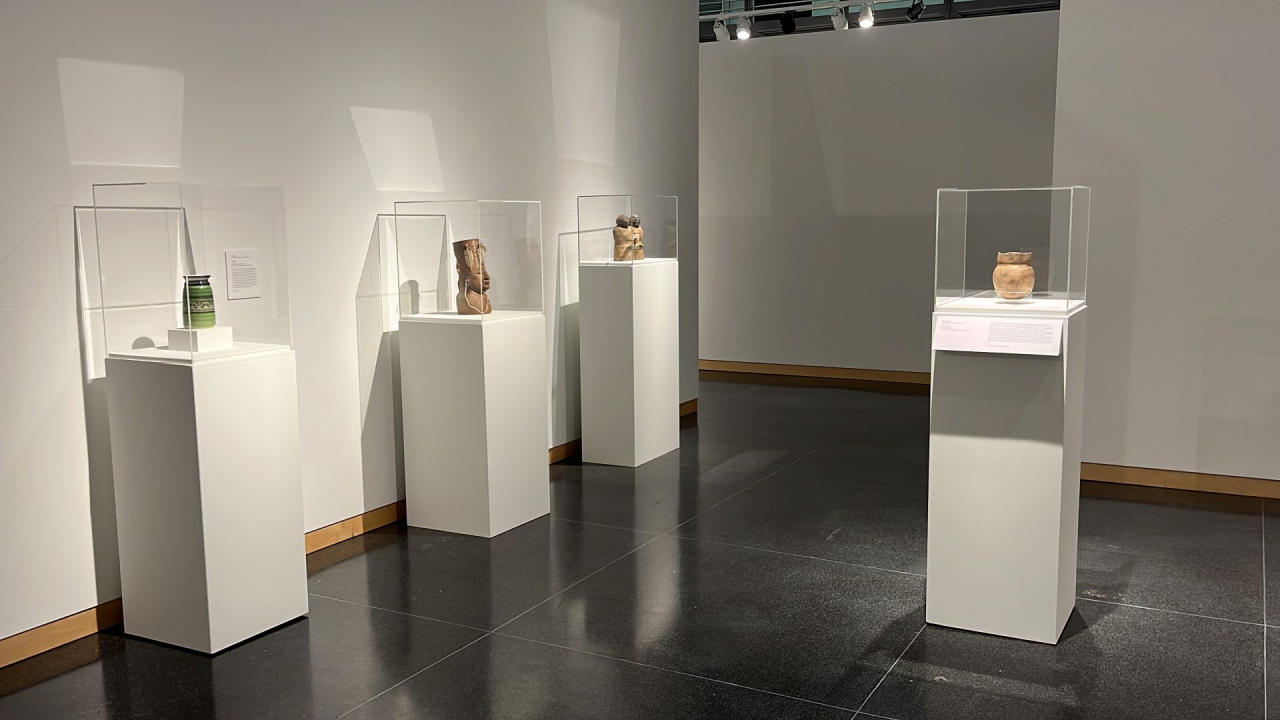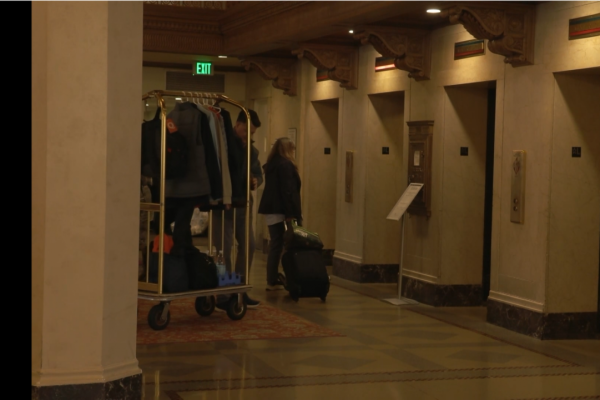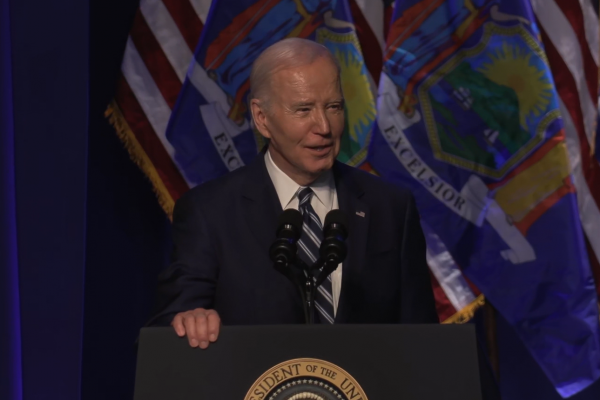
SYRACUSE, N.Y. (NCC News) – When the Syracuse Art Museum opened the Peter B. Jones exhibit, the goal was to showcase Jones’ art as the campus of Syracuse University sits on the grounds of the Onondaga Nation. However, the exhibit quickly became more than that.
Over the last month, the 30 cases of Haudenosaunee art created by Peter Jones have become a symbol of diversity. This has allowed Syracuse students, faculty and staff to feel a sense of pride as indigenous art is on display in the museum. The feeling resonates even more with the student curators, most of whom have Native American backgrounds.
“It just makes me proud to see indigenous artwork in the Syracuse Art Museum because we have a few pieces, but it’s not a lot, and it’s just nice to see,” said Charlotte Dupree, student curator.
For English professor Dr. Scott Manning Stevens, the art created by Jones reminds him of his origins. Stories that hit a lot closer to home than just ancestral narratives.
“They’re not my ancestors, more like my grandparents, my mother, and so things ring true when I look at his art and think about the stories I’ve heard from their about own our past,” said Stevens. “There’s a note of truth, that is struck very clearly to me in his work, and I see our families in his work.”
Education is another facet of the Peter B. Jones exhibit that may not be apparent to most visitors. The artwork allows Syracuse University to host K-12 students and enlighten them about the effects colonialism had, and still have, on indigenous people today.
“I was kind of brought on more to think about how to bring the exhibition to the broader community, specifically thinking about K-12, so how do we bring this to different spaces within Syracuse city for younger students,” said Ana Juliana Borja Armas, doctoral student curator.
Understanding this exhibit is not just a history lesson and how it effects the community makes its existence that much more worthwhile. The community can visit the exhibit from now until Dec. 15, except for Mondays and Syracuse University holidays.




